Pros
Cons
On the outside, the new Mark II looks like a minor revision on what has proven to be a killer design for Olympus. But on the inside, it's a moonshot of a camera, with a high-resolution 20.4-megapixel sensor, 4K video, and burst speed that'd make Usain Bolt blush. It's an incredibly impressive feat, fitting so much quality into such a tightly designed package.
But is it worth the money? After putting the camera through a rigorous examination in our test labs, it's clear that Olympus has made great strides and pushed the Micro Four Thirds platform further than ever before. The camera is smoother to operate, it is remarkably quick, and the image quality is truly superb despite a few nagging issues.
But with such a high starting price, Olympus is pitting the E-M1 II against some serious competition. It may have the burst, but does it have the stamina to keep up with such established competitors?
About the Olympus OM-D E-M1 Mark II
The Olympus OM-D E-M1 Mark II is a pro-grade mirrorless camera featuring a Micro Four Thirds image sensor. It's the flagship camera from Olympus as of 2016 and it replaces the original E-M1, released back in 2013. Like all Micro Four Thirds cameras it is built around an image sensor that is significantly bigger than what you find in most point-and-shoots but still smaller than even entry-level APS-C cameras and higher-end full-frame DSLRs.
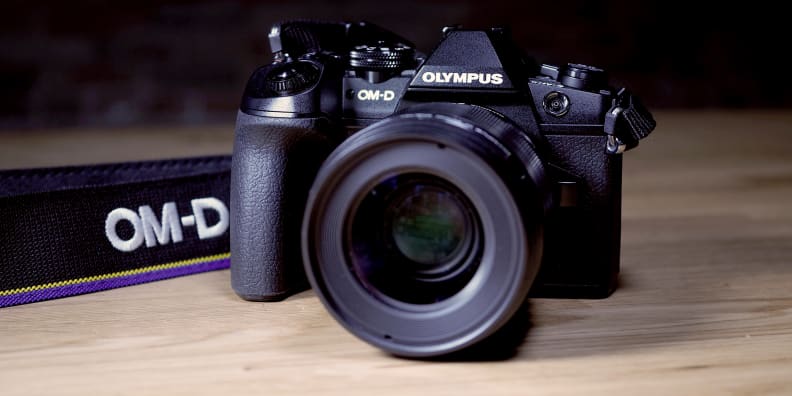
Despite the lack of specialization, the E-M1 II is still my go-to camera on most weekend trips.
Here are the specs as provided by Olympus:
{{ amazon name="Olympus OM-D E-M1 Mark II Camera Body Only, 20.4 mega pixel with 3-Inch LCD, Black", asin="B01M4MB3DK", align="right" }}
Sensor: 20.4-megapixel Live MOS Micro Four Thirds Processor: TruePic VIII Dual Quad Core Processor Autofocus: 121 on-sensor points (contrast & phase detection AF, all cross-type) Image Stabilization: 5-axis in-body image stabilization Viewfinder: 2.36M dot LCD EVF Rear LCD: 3-inch vari-angle touchscreen LCD Weatherproof: dust-, splash-, and freeproof Burst speed: 15fps mechanical, 60fps silent electronic shutter Flash: bundled dust/splash-proof FL-LM3 Video: 4K @ 30/25/24p Memory: Dual SD/SDHC/SDXC card slots, 1x UHS-II Dimensions (WxHxD): 134.1mm x 90.9mm x 68.9mm Weight: 574g (with battery + memory card, body-only)
What We Like
This sucker is fast, fast, faaaast
Calling the OM-D E-M1 merely "fast" is such an understatement it's bordering on a lie. Though its 15fps max burst speed with the mechanical shutter isn't far beyond what the best DSLRs can do, it actually tops out at 60fps with the electronic shutter enabled. While I still prefer a mechanical shutter for the most part, the extra speed—at the full, 20.4-megapixel resolution, no less—is completely irresistable.
In fact, the camera is so fast that the speed can be a problem. If you're shooting RAW+JPEG, in particular, it's easy to tap the shutter button for a moment and capture 40 or 50 nearly identical frames, clogging up your memory card. It's a headache, because the E-M1 often locks up while it's writing large batches of files.

With the 12-100mm f/4 PRO lens, the Olympus E-M1 II is capable of very sharp results.
And because the electronic shutter is completely silent, you'll often have no idea you've done it. In fact the difference from shot to shot can be so minute that you'll often be scrolling through image playback thinking your camera is frozen when you're just cycling through 20 or 30 shots that look identical.
Low light image quality is superb... for Micro Four Thirds
I've shot with every Micro Four Thirds camera from Olympus and Panasonic and it's remarkable to see just how far the image quality has improved at higher ISO speeds. Just a few years ago you wouldn't dream of shooting above ISO 1600 on any camera in the stable, but the E-M1 can easily and regularly be pushed to that level and higher if need be.
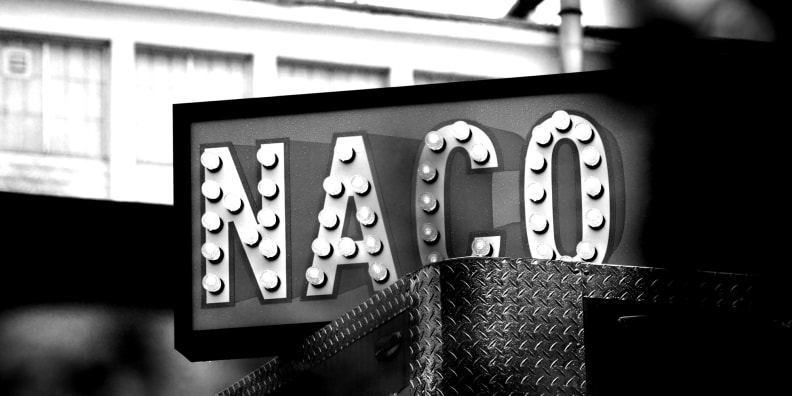
The E-M1 II's shots come out a bit flat by default, but punching them up with more contrast is easy enough to do.
Though the noise levels are still significantly higher than with newer full-frame cameras like the Nikon D750 (and even APS-C cameras like the Nikon D500), for all normal shooting situations you can leave it on auto ISO and be assured you're getting usable photos. There are some caveats (which we'll address in the section below), but for most shooters you can just set it and forget it.
The new sensor is capable of excellent, sharp photos with the right glass
While 20-megapixel sensors have been around for some time, squeezing that many pixels onto a Micro Four Thirds sensor means each pixel is smaller. That does give the E-M1 Mark II a high potential peak resolution, but you need the glass to take advantage of it.
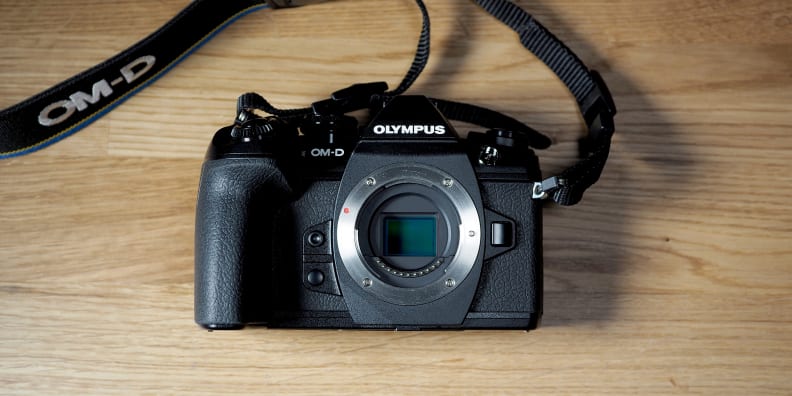
The OM-D E-M1 II is uncommonly compact, with just enough handle to cope with large lenses.
{{ amazon name="Olympus M.Zuiko Digital ED 25mm f1.2 PRO Lens, Black", asin="B01LW4IFUI", align="right" }}
The newer Olympus Pro lenses truly excel on the E-M1 II. Though not as resolution-focused as something like the Zeiss Otus lenses, the Pro lineup's fixed maximum apertures, rugged build quality, and weather-proofing make them ideal for pros that need a few pieces of glass that can do it all.
Will the E-M1 Mark II and one of Olympus's PRO lenses stack up against the best full frame and medium format cameras out today? Not in terms of peak resolution. But if you're looking for pro-level results that are functional in the real world, they'll get the job done.
The new focus system is much more accurate than previous iterations
Thanks to some recent life changes, the subject I've shot the most recently has been my daughter. Luckily she's still very young so she's not moving around much, but I've done quite a bit of natural light shooting with the E-M1 II in my apartment. Somehow, despite having about 20 windows around my apartment, it still offers minimal light, making pixel-perfect focus difficult to achieve with a contrast-based system.

The 12-100mm f/4 produces notable focal plane falloff, though it's more noticeable at the telephoto end.
The E-M1 II's combination of on-sensor phase-detect autofocus and contrast-based fine-tuning is much faster and more accurate than some earlier Micro Four Thirds cameras, but it's still not perfect. It's fast when using single-point autofocus, but tracking while continuous shooting doesn't quite hold up to Nikon or Canon levels.
I also found the camera's threshold for what constitutes an in-focus frame to be a bit suspect with softer subjects. The frustration there is when you're burst shooting, the camera would move to acquire focus and would do so quickly, but when checking the photos after the fact it sometimes jumps the gun and thus was front- or back-focused by an inch or so.
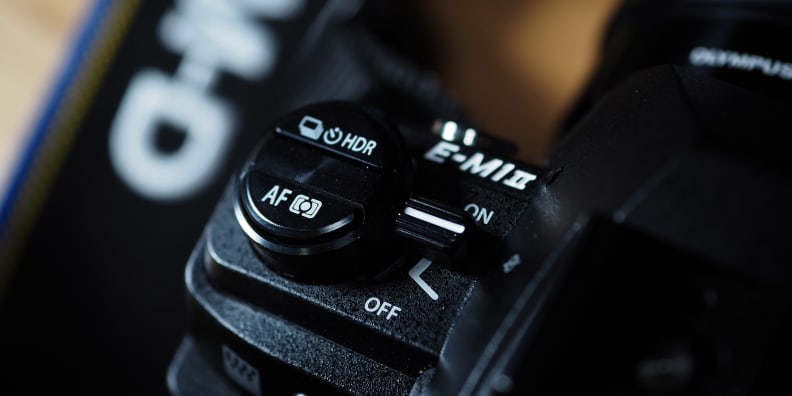
The Olympus OM-D E-M1 II features a pro-style drive and focus cluster on the top.
They're small errors, but when you're talking about pro-quality gear—at pro-grade prices—you expect pro-quality results. The E-M1 II delivers them most of the time, but I don't trust it the way I do some other top models.
{{ photo_gallery name="samples" }}
What We Don't Like
The price is a tough pill to swallow
There's no getting around it: $2,000 is a lot of money to spend on a Micro Four Thirds body. Even though this is just about the best photography-centric M43 body we've tested to date—and it's certainly capable of delivering pro-grade results—it's a tough buy when you can easily find full-frame DSLRs for less money.

The Olympus menu is still a bit of a mess, but the on-screen control panel is simple to navigate.
The obvious counterpoint there would be the Panasonic GH5, which is essentially the same price. But the GH5 is an underrated camera for still photographers and might be the most exciting, adaptable video camera on the market. It is unique, and appeals to a class of videographers who are unlikely to even consider the E-M1 II.
The E-M1 II has a rare combination of skills, and it can easily outpoint similarly priced cameras in specific areas (especially the combination of size and speed). But if you care about video you're probably getting a GH5 and if you care about stills you'd need a compelling reason to not go with a pro-style APS-C or a full-frame body.
Video still isn't on par with Panasonic
Olympus has been at this mirrorless camera thing for nearly a decade, and while it's not the worst of the lot at video quality, it hasn't kept pace with Panasonic, or even Sony. Is that a fair comparison when Sony and Panasonic have entire divisions dedicated to producing broadcast-quality video gear? Nope. But I honestly can't see anybody who cares primarily about video choosing this over the GH5.
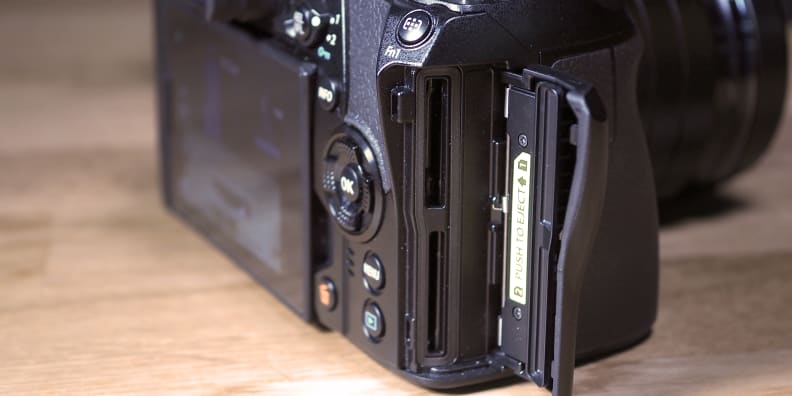
With dual card slots, the E-M1 II is prepped for a full day's worth of shooting.
That aside, if video isn't your primary concern, the E-M1 II can still fill in admirably in a pinch. It is capable of shooting at 4K at 24 and 30p as well as 1080/60p and all the standard resolution/frame rates below that. It relies on IPB compression for 4K resolution and 1080/60p, but can utilize ALL-I from 1080/30p and below. It also has mic and headphone jacks as well as the fabled 5-axis image stabilization.
In general, the video quality is quite sharp when shooting at 4K, and the stabilization is a huge advantage. But it's still got nothing on the GH5 in terms of flexibility, and it lacks the aesthetic that make putting up with full-frame DSLRs worthwhile.
Dynamic range is good, but short of great
The E-M1 II's relatively high noise floor puts a cap on the camera's dynamic range compared to cameras with larger sensors. In our tests it was able to pull around 11.7 stops at the base normal ISO of 200. That's fantastic compared to what we're used to seeing from a Micro Four Thirds sensor, but it's well behind most newer APS-C cameras—most of which cost significantly less than the E-M1 II.
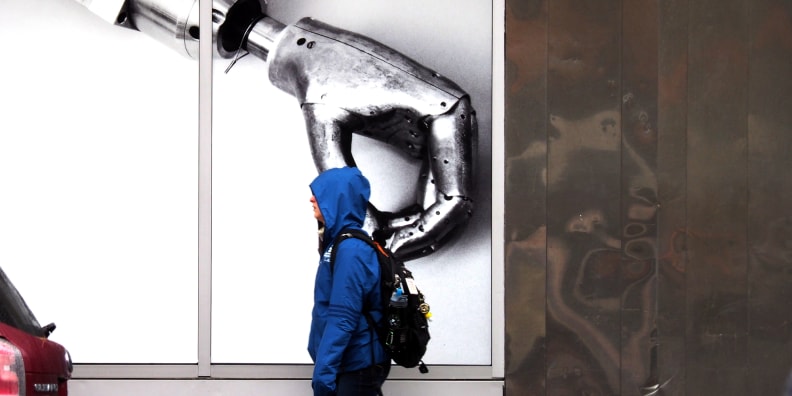
The speed of the E-M1 II allows you to capture what you want, when you want to.
The main issue is read noise, which holds the camera's dynamic range back in the shadows and shows up in bright regions as early as ISO 800. Though the noise profile is generally unobtrusive (and borders on pleasing at times), it can start to crowd out detail in darker regions. That makes pulling detail out of those sections unreliable at best, and impossible at worst.
Should You Buy It?
Maybe, but there are lots of great alternatives.
There's no doubting it, the Olympus OM-D E-M1 II is an astounding feat of engineering and camera design. It is compact, ultra fast, weather-sealed, and it features incredibly advanced autofocus and image stabilization systems. If there were any remaining doubters that the Micro Four Thirds platform can produce a professional-grade camera body, they should ready their mea culpas.
But...
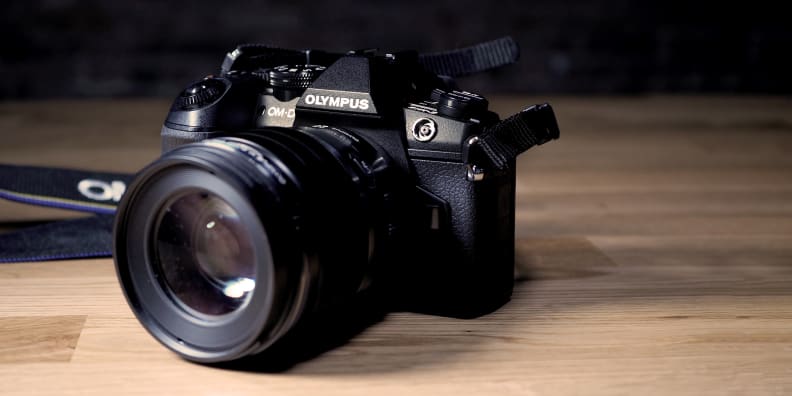
The Olympus OM-D E-M1 II is a striking camera with a gorgeous design.
{{ amazon name="Fujifilm X-T2 with 18-55mm F2.8-4.0 R LM OIS Lens", asin="B01I3LNQ6M", align="right" }}
For most people who are actually buying these things, and not just discussing them online, the E-M1 II is going to have to stand up to more than strawman arguments about the viability of Micro Four Thirds; it's going to have to outduel some truly spectacular competition. The entire camera market is struggling, and the major players have responded by producing a breathtaking array of top-notch cameras. Fuji, Panasonic, Nikon, Sony, and even Canon are feeling the heat, and they're on top of their game.
As a result, buyers have lots of options in this part of the market, with bodies that are highly specialized to their needs. And for many, something like the Panasonic GH5, Nikon D500, Sony A7 II, Canon 7D Mark II, or Fujifilm X-T2 will simply be a better fit. Maybe they need 10-bit video, or access to more specialized legacy glass, or the depth of field you only get with full-frame sensors. With so much competition, you can be picky.
{{ amazon name="Nikon D500 DX-Format Digital SLR with 16-80mm ED VR Lens", asin="B01A7Q0KZ6", align="right" }}
So is the E-M1 II dead on arrival? Not even close. While all of those other cameras are more highly specialized, they also tend to be bigger, bulkier, slower, and rely on heavier glass. The E-M1 II gives up some of that, but in all the right places to deliver a lightweight, durable, speedy little camera that can do just about anything. That's refreshing, and it makes for an ideal camera if you're desperate to downsize.
But for $2,000, we can't help but feel that there are better alternatives for most shooters. The most demanding professionals will likely stick with full-frame or APS-C, video shooters should opt for the GH5, and less demanding users will likely be just as happy with something cheaper from Olympus' lineup. Olympus deserves enormous credit for crafting a camera that can swim in these waters, but at this price it's a great camera in a sea of them.
Meet the tester
TJ is the former Director of Content Development at Reviewed. He is a Massachusetts native and has covered electronics, cameras, TVs, smartphones, parenting, and more for Reviewed. He is from the self-styled "Cranberry Capitol of the World," which is, in fact, a real thing.
Checking our work.
Our team is here to help you buy the best stuff and love what you own. Our writers, editors, and experts obsess over the products we cover to make sure you're confident and satisfied. Have a different opinion about something we recommend? Email us and we'll compare notes.
Shoot us an email

